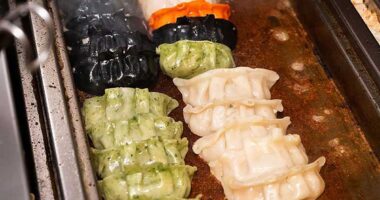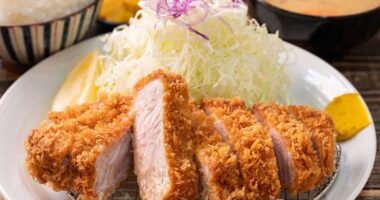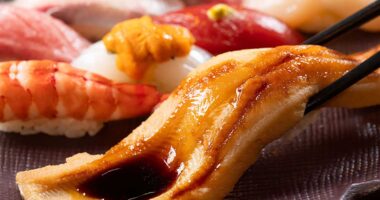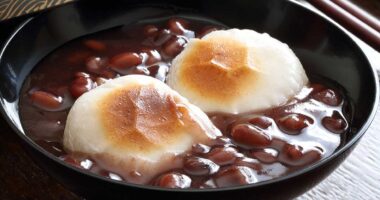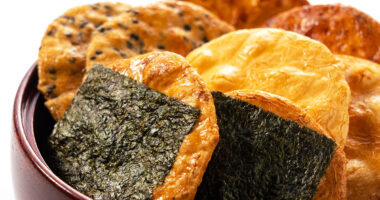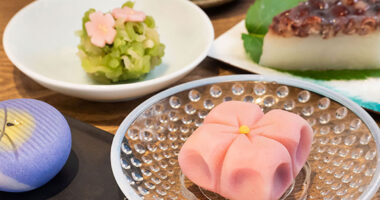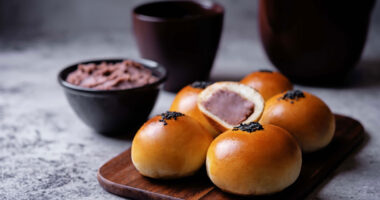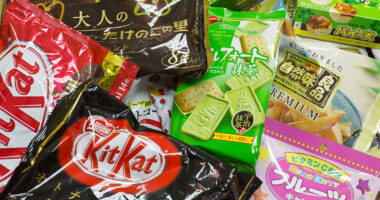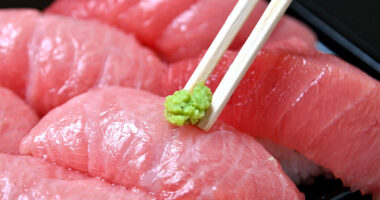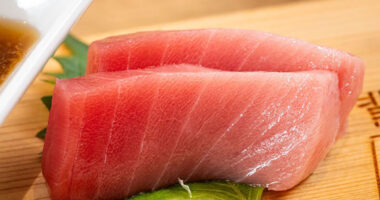
Japanese Beer for Travelers: Styles, Prices, Pairings, and Must-Know Manners
For visitors to Japan, understanding the country’s beer culture is a key to fully enjoying its food culture as a whole. In Japan, beer has long dominated the alcoholic-beverage market and is loved in many settings—from meals at home to toasts at izakaya pubs. Japanese beer is known for a light, crisp, easy-drinking character, comes in a wide range of…
